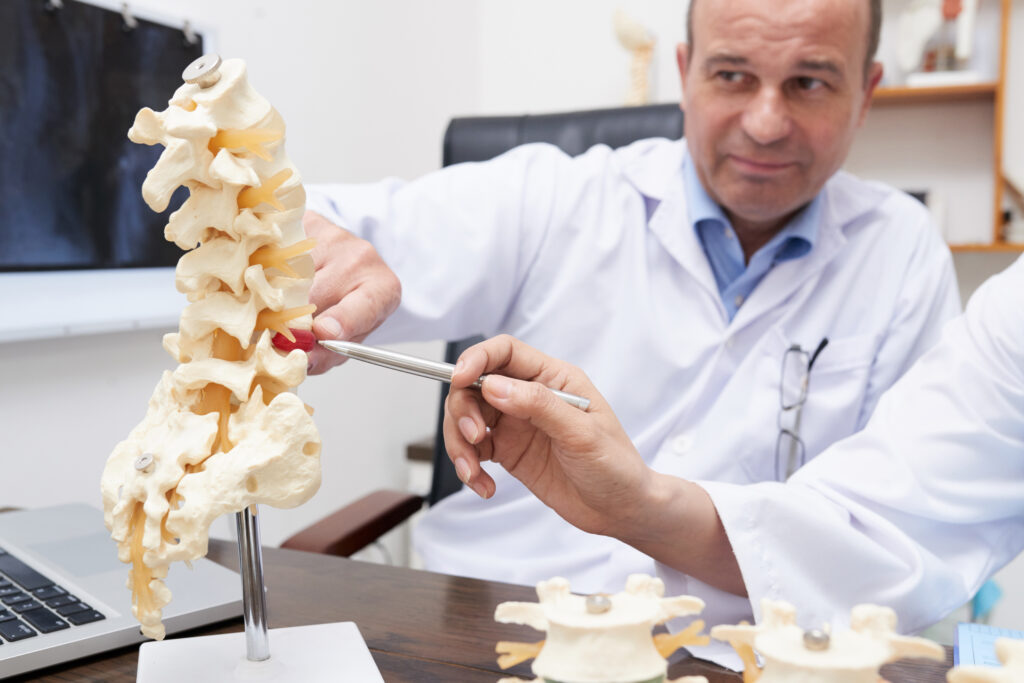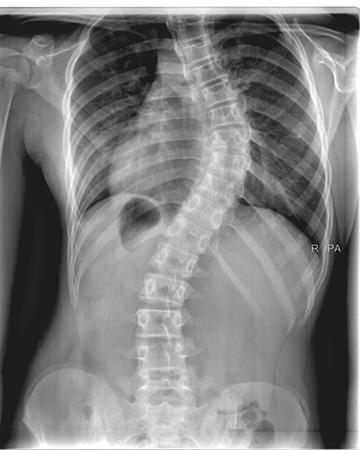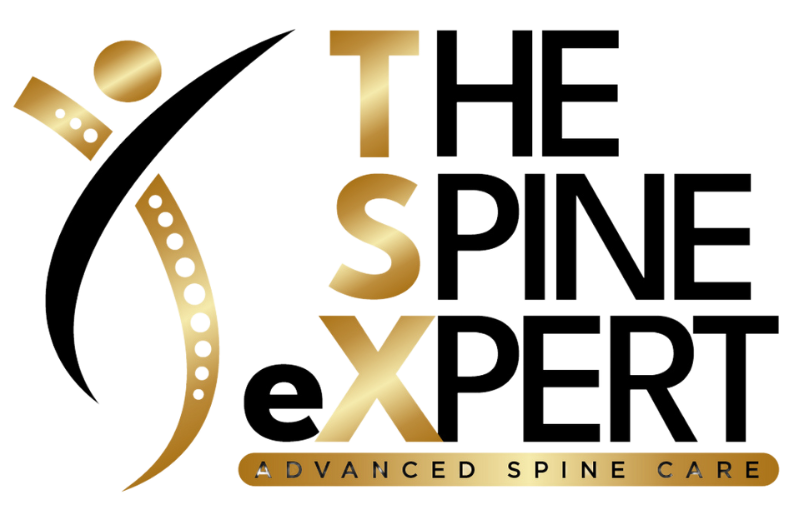Scoliosis Treatment

Introduction
The human spine has a natural forward and backward curve. Scoliosis is an abnormality in the spine wherein it curves sideways. It affects about 2% of people in the world. The curve could be either to the left or right, and it forms a C or S shape. Any curve more than 10 degree is diagnosed as scoliosis. People with scoliosis suffer from back pain, leg pain, and weakness. Their core muscles weaken and they find it difficult to stand upright.
Mild scoliosis can be treated with the help of specialized braces, whereas severe cases of scoliosis require surgery. The more the curvature is, the more likely it is to worsen over time.
In advanced cases of scoliosis, a curve on the back is clearly visible. Uneven shoulders and displaced hips are also quite apparent.

Symptoms
Scoliosis often presents with physical changes and discomfort, especially if the spinal curvature progresses.
- Physical changes and discomfort are common symptoms of scoliosis, particularly if the curvature of the spine worsens.
- One side seems taller than the other due to uneven shoulders or hips.
- When bending forward, the spine’s visible curvature is apparent.
- The protrusion of one shoulder blade was greater than the other.
- Asymmetry in the rib cage or waist.
- Back pain, especially in scoliosis-affected individuals.
- Fatigue following extended standing or sitting.
- Reduced lung space is the cause of breathing difficulties in extreme situations.
Causes
Scoliosis can develop due to various factors, though the true cause is often unknown in many cases.
- Congenital scoliosis results from abnormal spinal development in the womb.
- Neuromuscular conditions such as cerebral palsy or muscular dystrophy, affecting muscle support around the spine.
- Degenerative scoliosis is caused by age-related wear and tear on the spine.
- Genetic factors like a family history of scoliosis increases the risk.
- Injury, trauma, or infections affect spinal integrity.
Diagnosis and Treatment
Effective management of scoliosis requires prompt diagnosis and suitable treatment.
- Imaging tests such as MRIs or X-rays are used to quantify the angle and severity of the curve after a physical examination to identify spinal asymmetry. Mild instances may require routine monitoring.
- In order to stop progression, bracing is frequently advised for teenagers with moderate curvature. Along with pain treatment methods, physical therapy can help with posture, muscle strength, and flexibility.
- Spinal fusion surgery may be necessary in extreme situations where the curve is severe and interferes with day-to-day functioning in order to stabilize and realign the spine, lessen pain, and stop additional curvature.
Risk Factors
Scoliosis may be more likely to occur if certain conditions are present.
- Adolescence is a common time for the development of scoliosis, especially during growth spurts.
- Compared to men, women are more likely to experience curve advancement.
- A hereditary tendency is indicated by a family history of scoliosis.
- Neuromuscular disorders such as spina bifida or cerebral palsy.
- Carrying heavy objects or having bad posture might make spinal curvature worse.
- Abnormalities of the connective tissue that impact the stability of the spine.
- Degenerative alterations in the spine are caused by osteoporosis in elderly persons.
